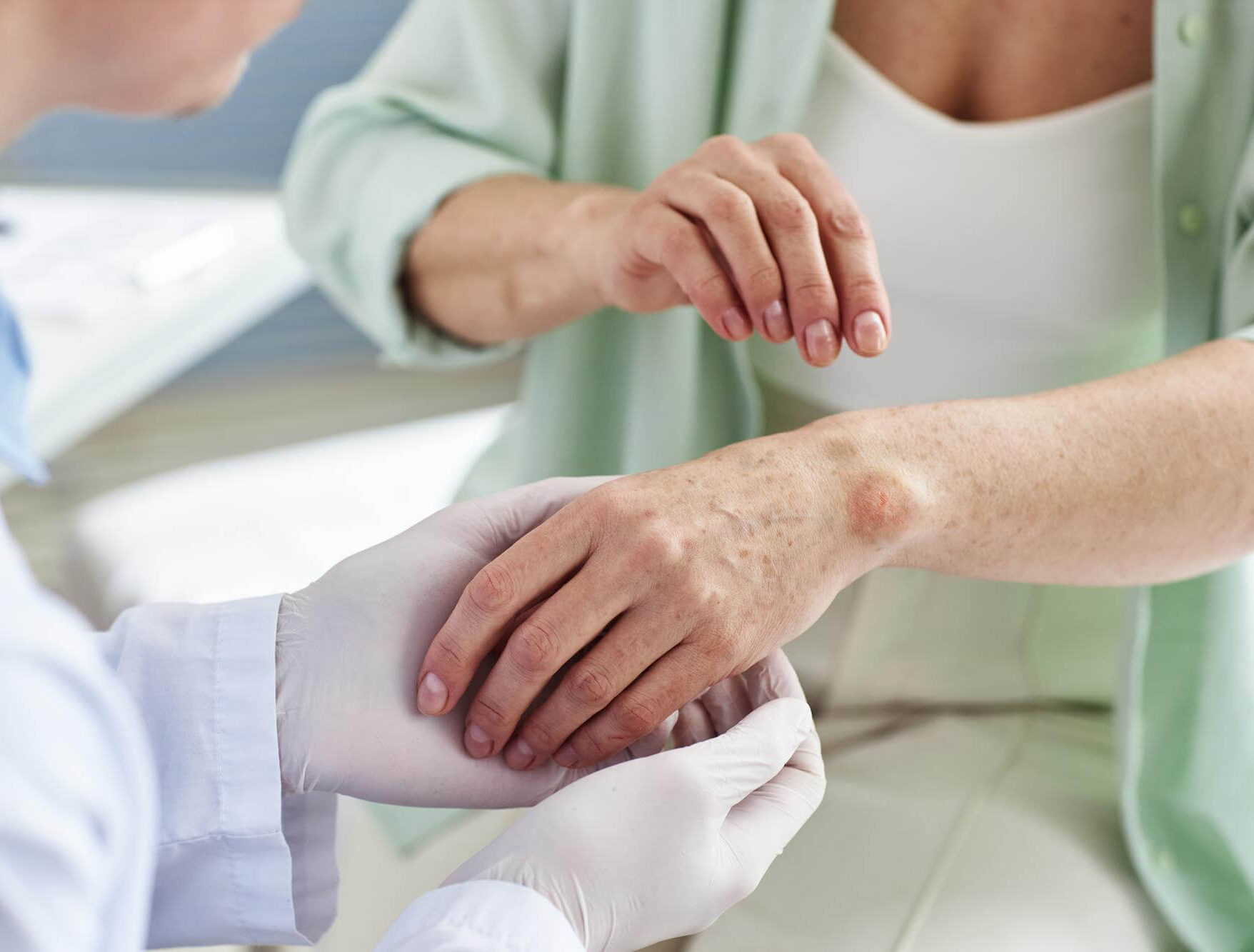PrimeHealth Education
Want to learn more about your health and how to feel your best? Explore our collection of helpful articles.

Featured Blogs
Sjögren’s syndrome, an autoimmune disorder that affects moisture-producing glands throughout the body, can lead to chronic conditions such as dry eyes, dry mouth, and even can cause fatigue and joint
Take The First Step Towards Better Health
Looking to improve your health, manage a chronic condition, or just feel your best? We’re here to guide you every step of the way.
Quick Links
Conditions We Treat
Contact Us
Mon: 10am - 5pm (Virtual)
Tue: 10am - 5pm (In Person)
Wed: 10am - 5pm (In Person)
Thu: 10am - 5pm (In Person)
Fri: 10am - 2pm (Virtual)






